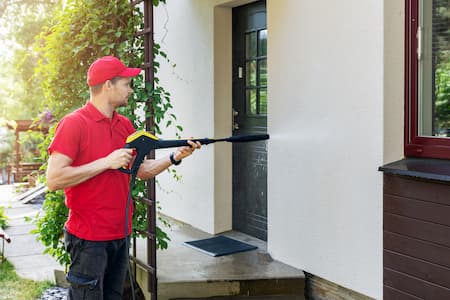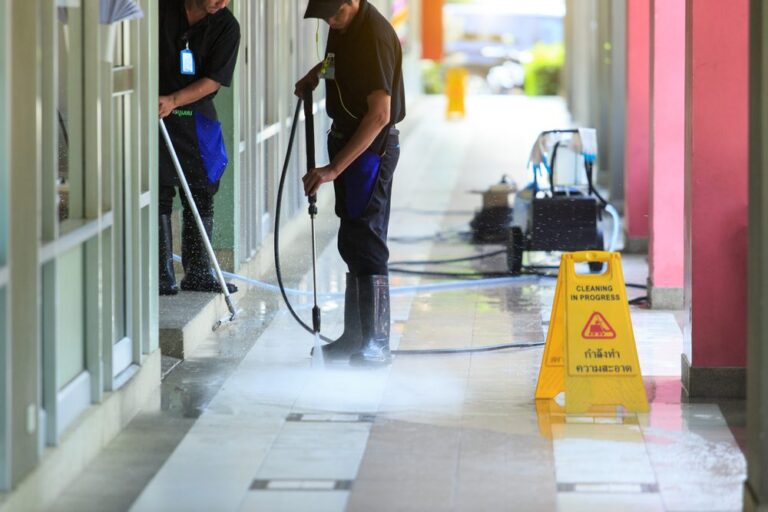Traditional high‑pressure washing can strip paint, damage siding, and waste large volumes of water. Enter soft washing—a game‑changing method that uses low‑pressure application and eco‑friendly detergents to safely remove mold, algae, and grime from buildings, roofs, and delicate surfaces. In this article, we’ll explore how soft washing is reshaping the exterior cleaning industry for the better, protecting both structures and our planet.
What Is Soft Washing?
Soft washing combines gentle water pressure (typically under 500 PSI) with biodegradable cleaning solutions designed to kill organic growth at the root. Instead of blasting away contaminants, it soaks them with a specialized mix of surfactants, algaecides, and detergents—allowing grime, mildew, and bacteria to be safely rinsed away without harm to substrates.
Earth‑Friendly & Sustainable
- Biodegradable Detergents: Unlike harsh solvents and high‑alkaline cleaners, soft wash chemicals break down naturally, minimizing impact on soil, plants, and waterways.
- Water Conservation: Because soft washing relies on chemical action rather than sheer force, it uses up to 60% less water than conventional pressure washing—an important advantage in drought‑prone regions.
- Reduced Runoff Risks: Soft wash solutions are formulated to adhere to vertical surfaces, reducing the amount of runoff and preventing harmful chemicals from entering storm drains.
Gentle on Buildings, Tough on Contaminants
- Preserves Paint & Coatings: High‑pressure spray can chip paint and peel sealants. Soft washing’s low pressure maintains the integrity of finishes, extending repaint cycles and reducing maintenance costs.
- Protects Delicate Materials: From cedar shake roofs to stucco exteriors, soft washing treats all surfaces with care—eliminating the risk of pitting, etching, or structural damage.
- Deep‑Rooted Cleaning: By targeting the root systems of algae and mold, soft wash treatments deliver longer‑lasting results—keeping buildings cleaner for months.
How Soft Washing Is Driving Industry Change
- Shift in Best Practices: Professional exterior cleaning companies are adopting soft washing as their go‑to method, phasing out abrasive techniques that pose liability risks.
- Enhanced Safety Standards: Lower pressure reduces the danger of backsplash injuries to technicians and clients, while eco‑friendly chemistries meet stricter municipal regulations.
- Market Differentiation: Businesses that invest in green cleaning methods stand out to environmentally conscious customers—unlocking new commercial contracts and higher satisfaction rates.
Real‑World Impact: Case Study Snapshot
A Nashville office park replaced its annual pressure‑wash contract with monthly soft washing. The result:
- 0% Surface Damage Claims (down from 3% the previous year)
- 45% Reduction in Water Usage per treatment
- 30% Longer Cleaning Intervals before visible regrowth
This translates into cost savings, fewer service interruptions, and a healthier community environment.
Best Practices for Safe, Effective Soft Washing
- Pre‑Inspection: Evaluate surface type, slope, and vegetation to select the optimal chemical mix.
- Protective Measures: Cover plants and nearby fixtures with tarps or biodegradable covers to shield them during application.
- Correct Dwell Time: Allow detergents to sit long enough (typically 8–12 minutes) to break down contaminants before rinsing.
- Follow‑Up Maintenance: Schedule quarterly or biannual treatments to maintain pristine results and prevent heavy regrowth.


